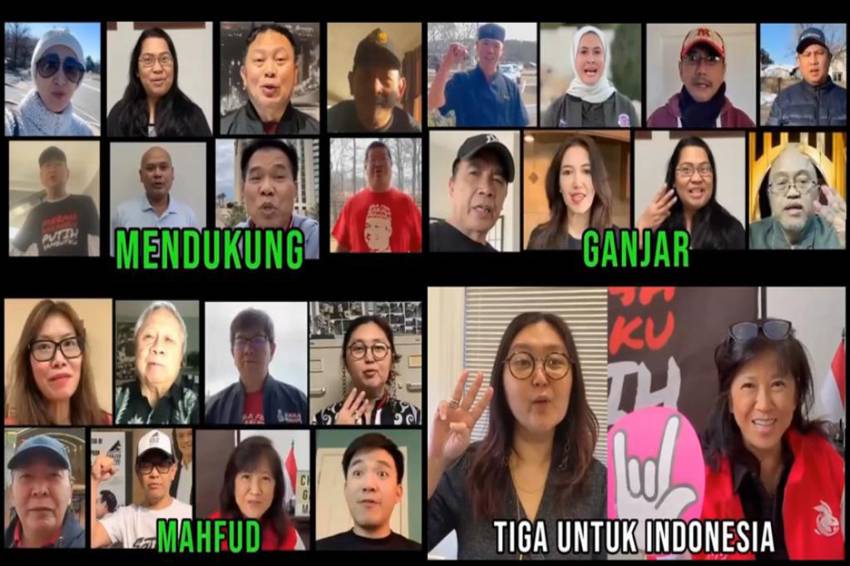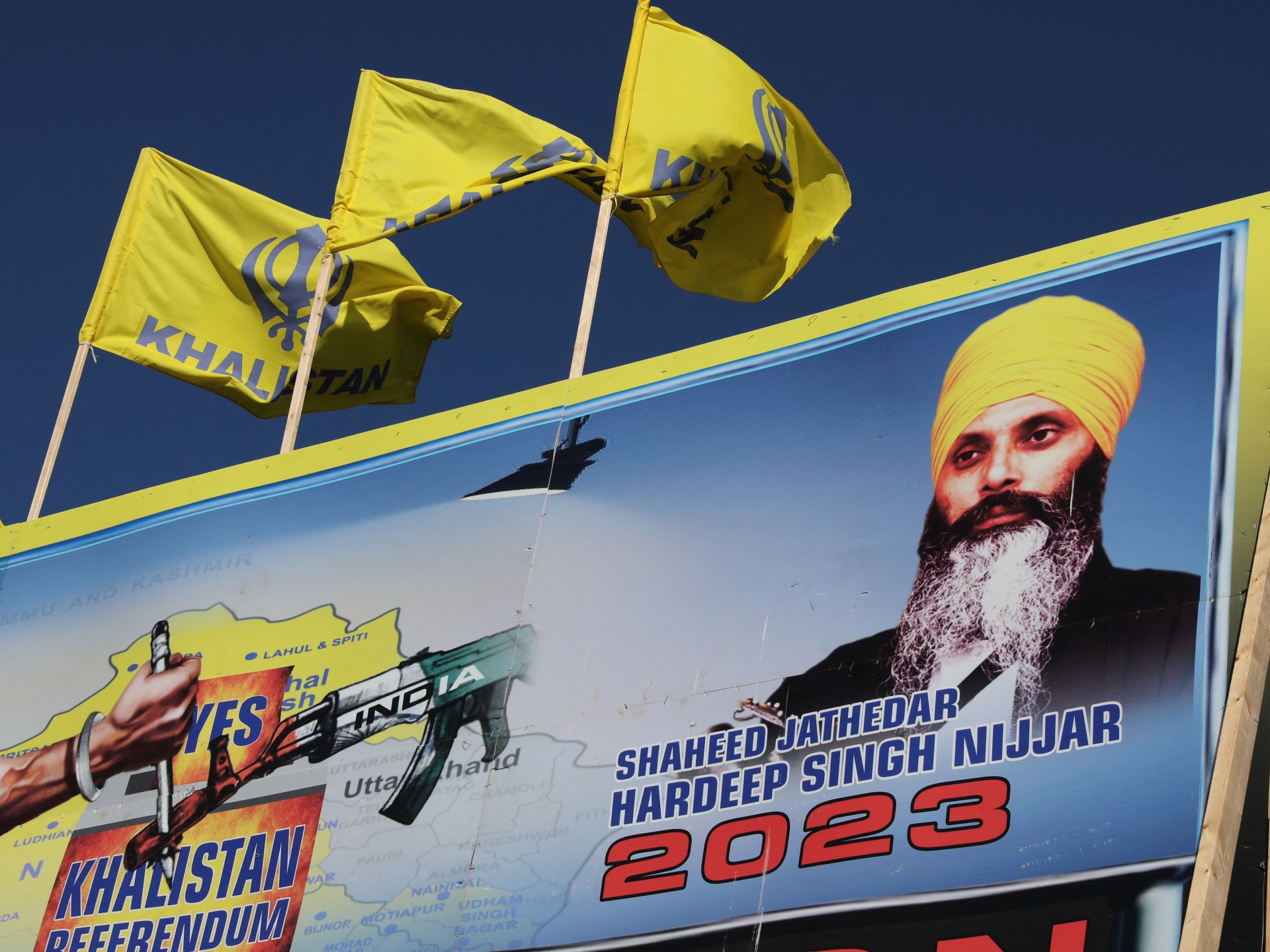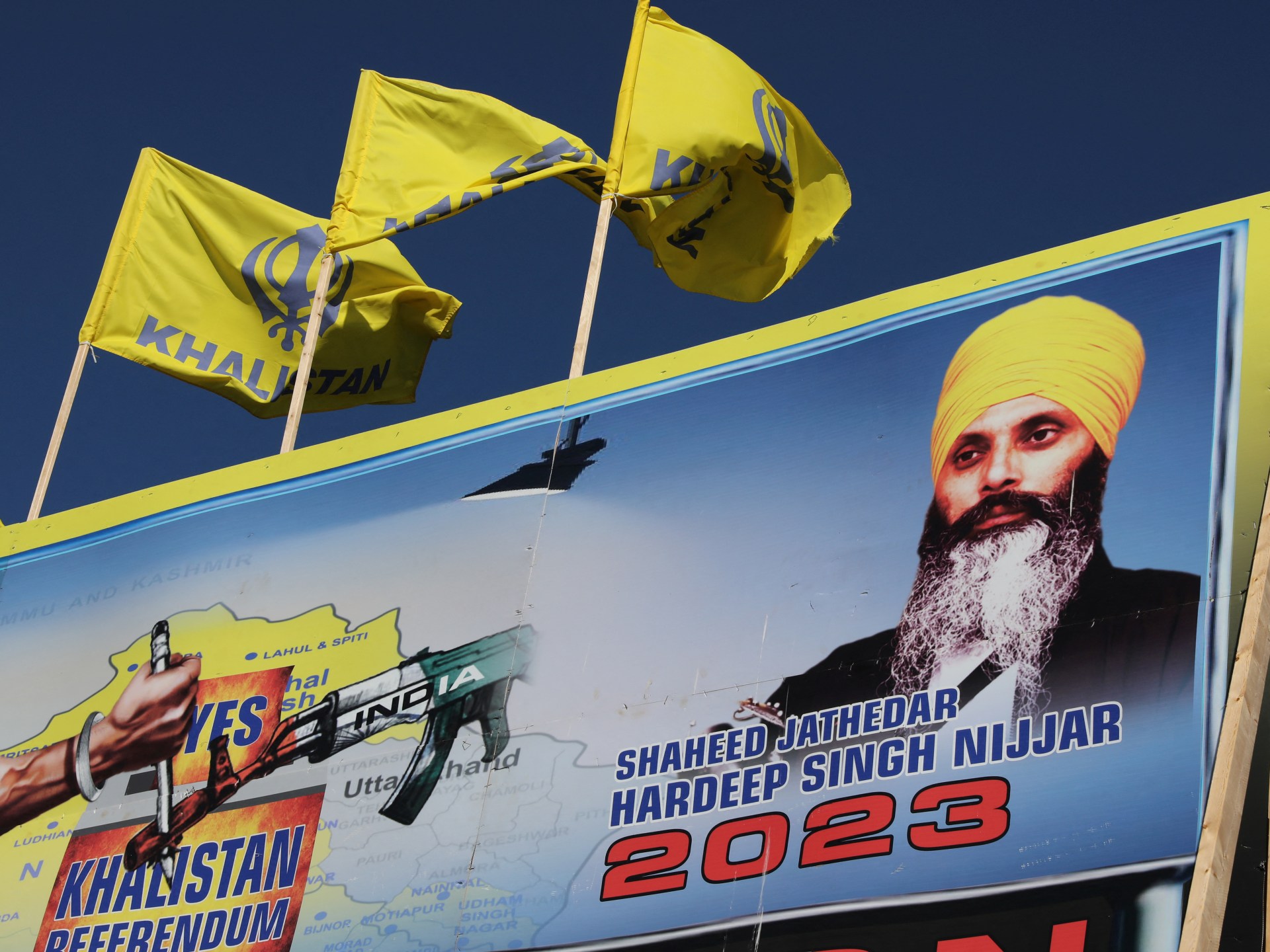“Model firefighting all the time, we lose,” Mr. Flanigan said. “The area burned in Canada has doubled since the 1970s,” he said, largely, and not only, due to human-caused climate change.
This year’s wildfires – along with a series of record high temperatures in Canada’s Far North – have pushed Canada forward in managing the country’s forests as the country and the rest of the world heats up.
With climate change, Canada’s wildfire season begins earlier in the spring and ends in the fall. The size of the largest and most destructive fires has increased in recent decades and is expected to continue to increase John Boulangera forest ecologist with the Canadian Forest Service who has worked to model the evolution of Canada’s forests.
“These huge fires are going to be harder and harder to put out,” Mr Boulanger said. “As the climate gets tougher, the fires will become more intense in the amount of energy released. This year we have seen some fires release so much energy that no naval bomber can fight them directly, let alone firefighters on the ground.”
“These fires will be more intense and we will have more fires,” Boulanger said, adding that the resulting smoke will “reach the United States, maybe not every year, but very common.”

“Thinker. Hardcore web aficionado. Zombie evangelist. Pop culture trailblazer. Student. Passionate twitter maven.”






